Inexpensive Test Equipment
We owe it to our youngsters or their friends to provide encouragement and assistance in developing their interests into a viable career. So, with Issue #130 of the Z-100 LifeLine, I decided to introduce you to a source of inexpensive test equipment for individuals interested in electronics. For about $15-25.00, you can now buy test equipment of all kinds from Ebay and China that would make an excellent gift for some individual interested in a career in electronics. Most of these are in kit form; in some cases, really nothing more than a circuit, but in many cases with capabilities beyond imagination.
The one instrument not listed, but is probably the most important, is a volt-ohmmeter or multimeter. Here I don't believe that you should cut corners to save a buck. I consider it to be the most important piece of equipment that you should own. And what you buy will be a matter of personal choice. There are dozens of excellent multimeters, many in kit form, out there on-line to check out. As a minimum, the multimeter needs to be able to measure DC (positive and negative) and AC voltages and have the usual ohmmeter functions. If they use an analog meter, it should be large enough to be easily read. If digital, it should have a minimum of 4, easily read digits. Personally, I own three multimeters, two of which I bought as a kit. I have two of the old RCA VTVM (Vacuum Tube Volt Meter) which I prefer over the digital voltmeter (there is just something about watching a needle move that I enjoy most). As they are AC powered, I leave them in the shop. I also own a DVM (Digital Volt Meter) that is battery operated and excellent for use in the field. None have the special functions that you can find in more modern offerings, but they are reliable and do what I need. I do NOT recommend the little battery powered, 3" x 5" metered portable units. Most are cheaply made and don't accept much abuse before failing.
Here I'll show several of the inexpensive special-purpose kits that I have found and the documents that I have created to support each of them. Feel free to check out their documentation before going to Ebay to purchase. I will be adding more as time permits. Just click on the links to read and/or print the documentation.
One word of caution. I’ve now constructed several of these kits and you must remember that these are simple kits with amazing capabilities built in. However, you also get what you pay for - that is, these are not designed with a lot of care to part tolerances and have no additional delicate corrective circuitry. So, not all of these will work as they should. Some of the kits I constructed came with a bad or incorrect part. So always test the parts that you can BEFORE installation. Some completed kits did not have the full frequency range specified. One Transistor Tester, in spite of all I did and checks that I made, just would not work.
Nevertheless, those that did work are utterly amazing in what they can do in such a small package. My recommendation: At prices this low, buy the equipment in pairs. Odds are that at least one will work. Also, you have spare parts, if you need them, which also helps in troubleshooting a bad unit. At these prices, it is best for a little insurance. Finally, while some units are available from sources within the States, in most cases, these units are ordered from China and will take up to six weeks to receive.
Now, let's check out those I've completed so far. If you would like to see future kit projects reviewed, let me know.
Mega328 LCR-T4 Transistor Tester: Actually, if you go online, the description of this unit is: Mega328 LCR-T4 ESR Transistor Tester Diode Triode Capacitance SCR Inductance. The Mega328 Transistor Tester, model LCR-T4, comes as a fully assembled board, but without the wood block shown in the picture. The wood block just makes the unit more stable by giving it some weight. It is often sold with an acrylic case, or the case may be purchased separately. The Tester will automatically detect NPN, PNP, and Field Effect Transistors (FET), diodes (including dual diode, zener diode and light emitting diode), triodes, thyristors, triacs, and SCRs, with automatic identification of the transistor pinout. It also tests resistors (including adjustable potentiometers), capacitors, and inductors. Documentation is here: Mega328 Transistor Tester.
GM328 Transistor Tester & Frequency Generator: The GM328 Tester has most of the same capabilities as the earlier Mega328, but has several new capabilities. Most impressive - this tester includes frequency generation and a frequency counter. The GM328 Transistor Tester is sold as a kit and requires some experience in soldering skills as three of the parts are small surface mounted devices. The Tester will automatically detect NPN, PNP, and Field Effect Transistors (FET), diodes (including dual diode, zener diode and light emitting diode), triodes, thyristors, triacs, and SCRs, with automatic identification of the transistor pinout. The Tester detects power transistors with FET protection diodes built in. It also tests resistors (including adjustable potentiometers), capacitors, and inductors. This Tester can also generate a single square wave with 20 set frequencies from 1Hz to 2.0MHz, can measure frequencies from 1Hz to 2.9MHz with resolution to 0.001mHz, and can use an AC/DC power adapter (6.8-12Vdc, 30mA current).
Caution: This is the kit where I could not get one to work, so I ordered a third. I swapped most of the parts out, but it would take 90 seconds before turning ON, then go straight into the calibration test. Parts swapped to an operable unit, still worked. So, it is still a mystery to me why such a simple circuit acts so weird. Nevertheless, I still recommend purchasing one (or two) of these for its amazing capabilities at low cost. Documentation is here: GM328 Transistor Tester Assembly and GM328 Transistor Tester Manual.
DL4YHF2 Frequency Counter & Crystal Tester Manual: The DL4YHF Frequency Counter & Crystal Tester is sold as a kit and requires some experience in soldering skills. A soldering iron with a needle point tip would be very helpful here. The kit comes with NO instructions, but I found everything on the internet. I have assembled the kit, created a schematic, added the ability to check 4-pin crystal oscillators, and included everything in my manual. This is a five-digit frequency counter kit based on a PIC single chip 16F628 micro-controller, with a crystal oscillator measurement function, programmable frequency setting, and LED digital display. It is most commonly used to measure the oscillation frequency of a crystal. The Part/Model Number can be found as YS9283, B8O8, and many others, but it is actually a generic, unbranded circuit board based on a circuit developed by Wolfgang Buscher, DL4YHF. All the parts are through hole components, so the kit is easy, and simple to operate. Documentation is here: DL4YHF2 Frequency Counter & Crystal Tester Manual.
Note: The kit does NOT include the plastic piece, ZIF socket, BNC connector, or the crystal oscillators shown in the picture. For that matter, they are not actually needed. Instead of the ZIF socket, you could just as easily add a normal 14-pin IC socket - I show one in the documentation. I added the ability to test the 4-pin crystal oscillator, so I will call the modified device the DL4YHF2 Frequency Counter and Crystal Tester.
XR2206 Function Generator: The XR2206 Function Generator is sold as a simple, beginner's kit from China that does not require a lot of soldering skills, but becomes a great addition to our assortment of electronics tools. It can generate three types of stable wave forms (sine, triangular, and square wave) with a frequency range from 1Hz to 1MHz and an adjustable amplitude. The last photo shows the square wave on my Z-100 Heath Digital Scope. Notice the leading edge of the waveform is slightly rounded, which I suspect is from the capacitance of the long input cable. Using a short cable on the DSO138 oscilloscope described next, the waveform was excellent and stable. This Function Generator requires a 9-12Vdc AC/DC power adapter, not provided. Documentation is here: XR2206 Function Generator Assembly and Operations Manual.
DSO138 Oscilloscope: The DSO138 Oscilloscope is an inexpensive low-speed miniature oscilloscope with 2.4" LCD display. Based on the STM32F103 MCU, it was developed by JYE Tech, but it has been cloned and is distributed by a few other manufacturers. It is sold as a kit, or already assembled for nearly the same price, about $20.00 on Amazon.com. Designed as a training oscilloscope, the DSO138 contains only the basic oscilloscope functions with no fancy features. The heart of the DSO138 is a Cortex-M3 ARM processor (STM32F103C8). It uses a 2.4" TFT LCD (320 X 240 dot matrix, 262K colors) that displays crisp and clear waveforms. Simplicity in structure and easiness in assembly and operation are the main highlights of the design. For these purposes, DSO138 uses mostly through-hole parts, and the kit can be purchased with the surface mount parts already installed. The MCU for both configurations has already been pre-programmed and no reprogramming is required. Documentation is here: DSO138 Oscilloscope Manual. Also, please read the supplement to this manual, Oscilloscope Sampling Rate.
DSO150 Oscilloscope: The DSO150 Oscilloscope is a more capable brother to the DSO138 discussed above. It is another inexpensive low-speed miniature oscilloscope with 2.4" color TFT LCD (320 x 240 dot matrix, 262K color display. Based on the ARM Cortex-M3 processor (STM32F103C8), it was developed by JYE Tech, China. It is sold as a full kit, or a partial kit with all the surface mounted parts already installed on the boards, leaving just a few parts remaining. Designed as a training oscilloscope, the DSO150 contains only the basic oscilloscope functions with no fancy features, but it can save and recall a waveform and calculate the relevent measurements of the waveform and display them at the press of a button (see last picture) . Simplicity in structure and easiness in assembly and operation are the main highlights of the design. The MCU has already been pre-programmed and no reprogramming is required. Documentation is here: DSO150 Oscilloscope Manual. Also, please read the supplement to this manual, Oscilloscope Sampling Rate.
![]()
Electronics Shop for Hobbyists
Ok, so you are just beginning. What should I have to get started?
Well, in addition to the multimeter discussed earlier, you will need a soldering iron (this stays hot while ON, or plugged in, and rests in a holder to keep the hot tip from touching anything when not in use) or soldering gun (nearly instant ON when you press the trigger and slower instant OFF when you release the trigger). The gun I use is an old (late 60's) Weller Tempmatic with 150W spade tip. It's hot within a minute and cools fairly rapidly. Unfortunately, it is no longer available. It is fantastic for salvaging parts from old radios, televisions, and the like. That HOT heat will destroy electronics parts if they are allowed to get too hot, but keep the job quick and I've never had an issue. Another soldering gun of that time period and still available is the Weller Universal Multipurpose soldering gun. It has several types and sizes of tips and is also 140/100 watts of instant heat. My only complaint is that it is bulky and heavy, compared to my Tempmatic. In any case, you should have one of these heavy-duty soldering guns for salvaging work.
For the delicate work of kit building these days, you also need a low-wattage soldering iron, or soldering pencil (with an ON button that works like the gun described above), with a very fine pencil-like tip. These are widely available. You may want to get the battery model for working in the field (away from the workstation), but you need to keep it charged (which is a pain for rare use). For in shop use, I recommend the corded variety (I never have much luck with the batteries of anything portable). Of most importance is that it be low-powered (30-75 watts) and have a very fine tip. However, one important consideration is that at low power it takes a while of applied heat to solder a part. Again, too much heat will destroy a part! So I recommend staying with a higher wattage - 70W or so. Get the soldering job done quickly, before the part itself gets too hot. Where you can, use a heat sink (an aluminum clip that clamps onto the lead you are soldering, between the soldering point and the part. It will absorb the heat from soldering and keeps the part cooler).
Next, concentrate on salvaging parts - from whatever you can - in addition to the obvious televisions, radios, and computers, don't forget the coffee makers, microwaves, and appliances. Do this for two primary reasons: you get the experience of dealing with and learning about the various parts, their uses and how to test them, but you also get the experience of taking things apart. If you destroy something, it is better to destroy something destined for the trash anyway.
However, there are parts to collect, and parts to skip. Everything uses resistors and capacitors and the range of values of each is insane - they range in voltage, current, and wattage, even size and type! You may also keep diodes (especially zener diodes), rectifiers, and the like, if they can be identified. However, transistors and solid state circuits are so specialized that there is no sense in keeping them - there are hundreds of thousands of different units and you may never see that particular unit again - ever. If you ever do need one of these, it is best to get a part number and search on-line for a replacement. Until I obtained the parts testers listed above, I rarely kept coils, inductors, and chokes. There are too many types and styles, they are rarely marked, and they rarely fail. Those with clear markings I'll keep, but the majority get trashed. Transformers are another specialy item. I treat them like transistors - if I can identify them by a number and/or purpose, I'll hold on to them, but the rest get trashed. Fuses, crystals, oscillators, LEDs, etc. are usually great to keep. Integrated circuits are another special case. If they belong to the common 74 series (for example 74LSxxxx, where each x is a number), or other commonly used socketed parts in older computers, then keep them. Others with unusual numbers of pins (or unidentifiable) can be trashed.
Surface mounted parts are generally not worth saving. They are a pain to remove, are generally hard to identify, and are a pain to resolder. Perhaps keep a small compartmented case with a few of the common ones, but leave the rest to the trash. Finally, every shop should keep a wide selection of hardware - machine screws & nuts, tap screws, washers, grommets, and the like (see the third photo below).
Ok, so you are getting boxes full of parts - now what? Well, if you are somewhat anal, like me, you get tired of searching for a particular size resistor or capacitor in a box of general parts. Depending upon your stash, it is time to get some parts bins. Start out with a few - maybe to separate the resistors from the capacitors, from the inductors, from the integrated circuits, etc. But eventually, you will need to separate by range of values; for example: 10's, 100's, 1000's, 10K's, 100K's, 1M's in values.
Finally, you will need some kind of shop space. Some place out of the way. Here are a few work areas that I have in the garage:
Welcome to an exciting hobby. I hope the above information helps.
Cheers,
Steven Vagts

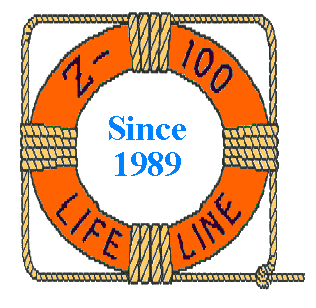



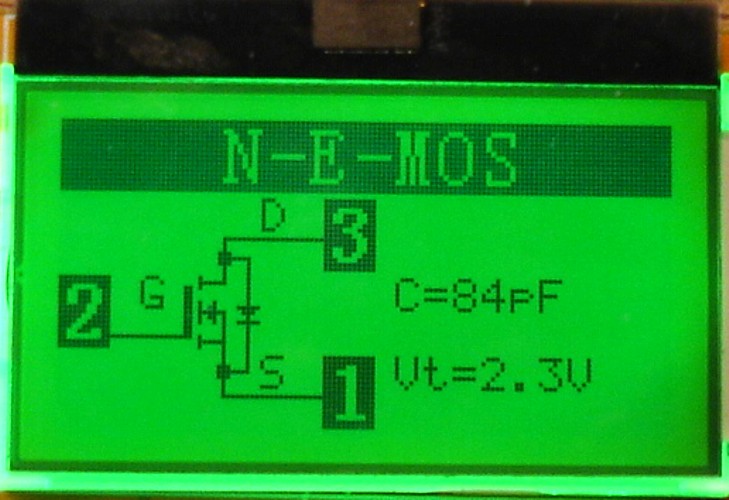
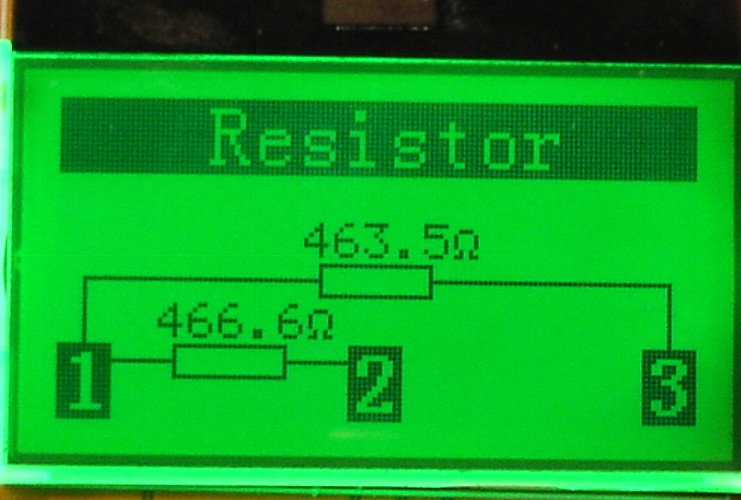
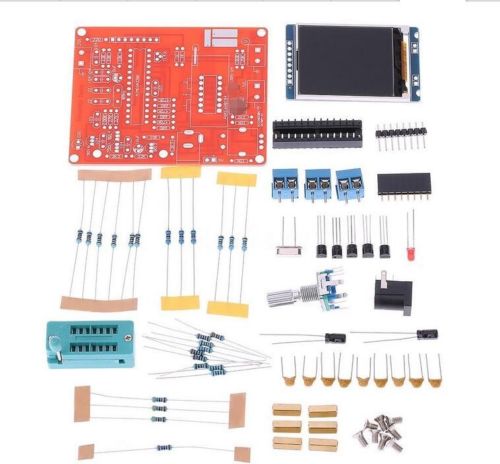
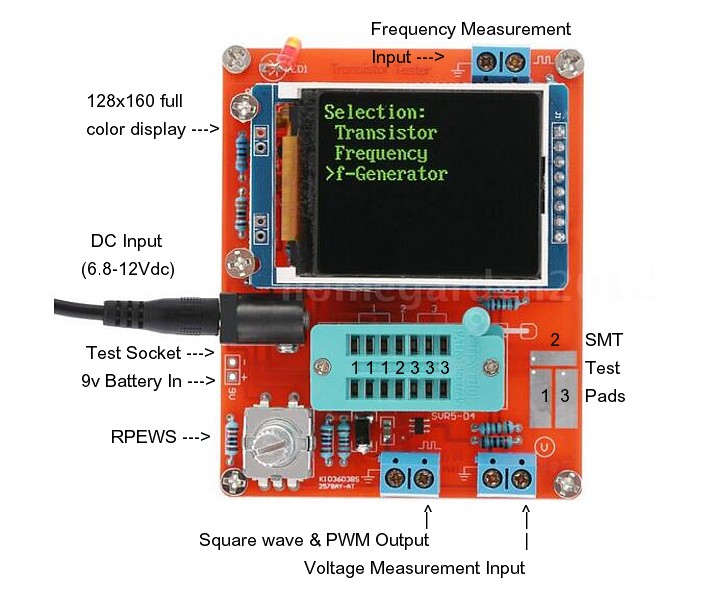
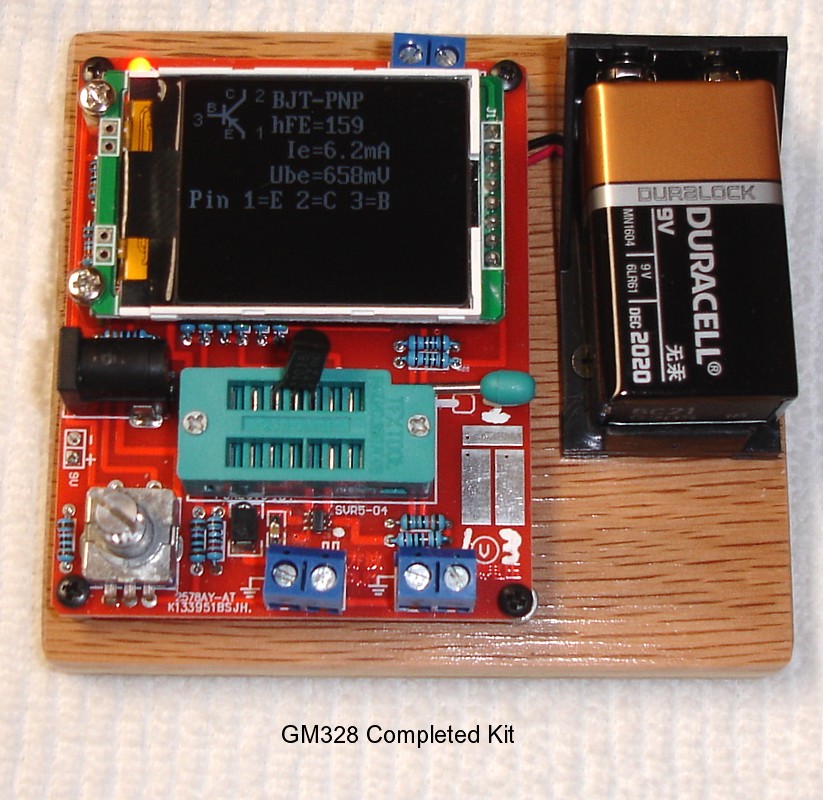
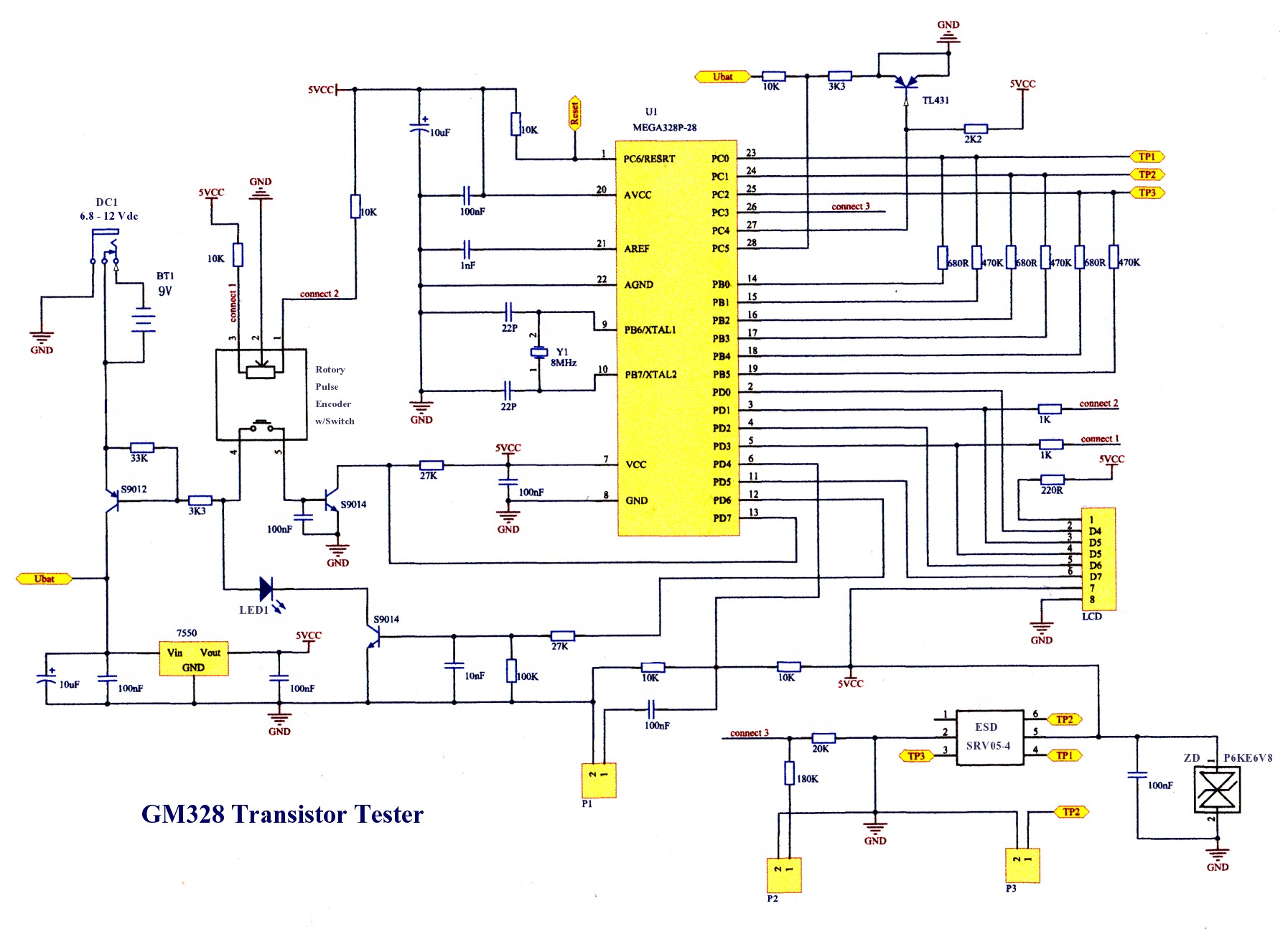

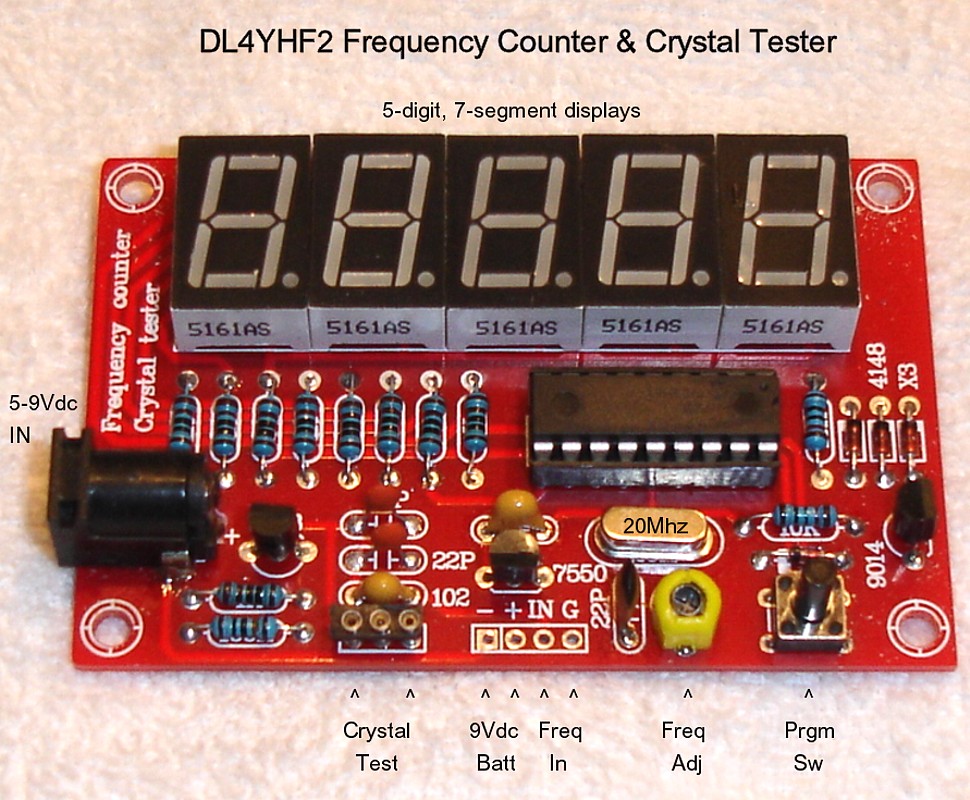
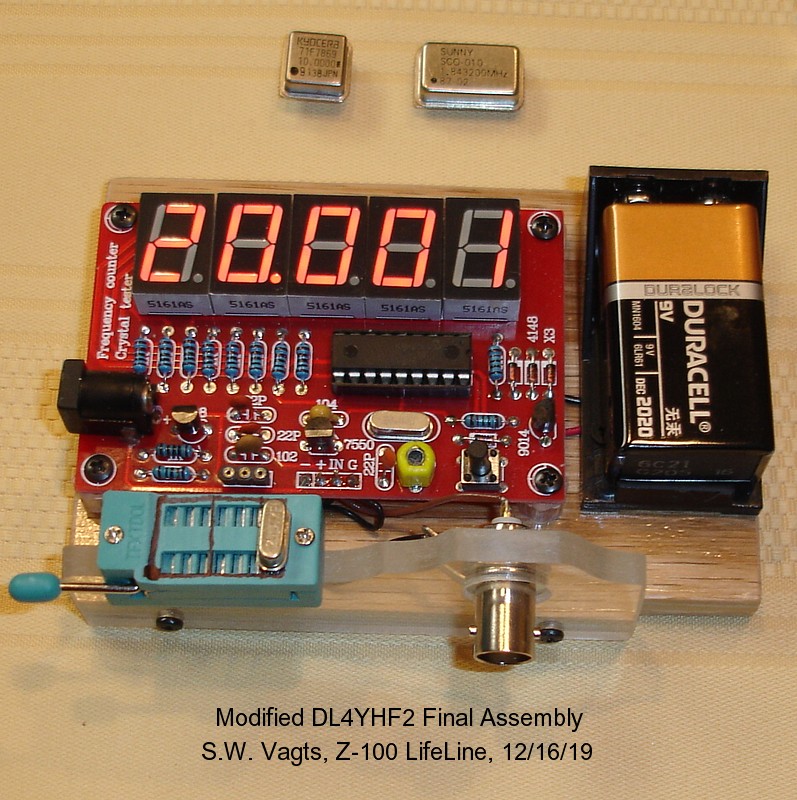
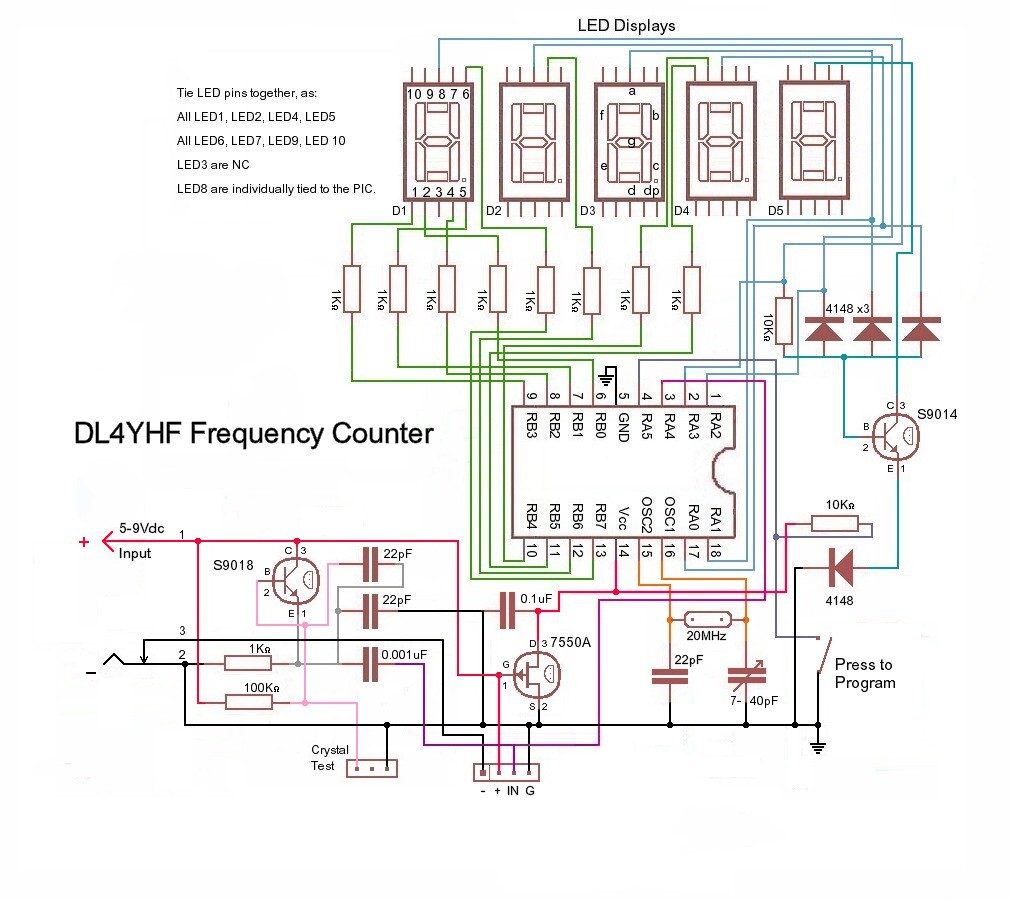
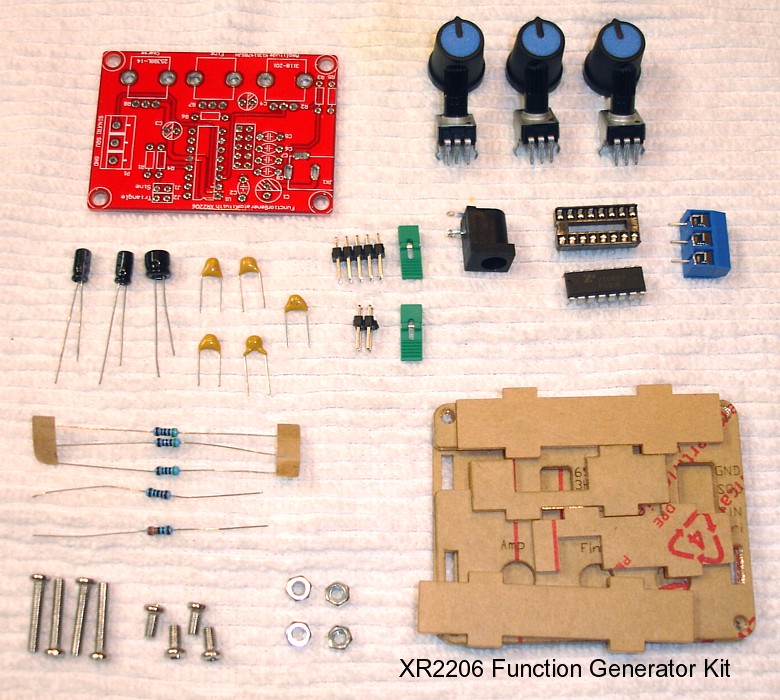
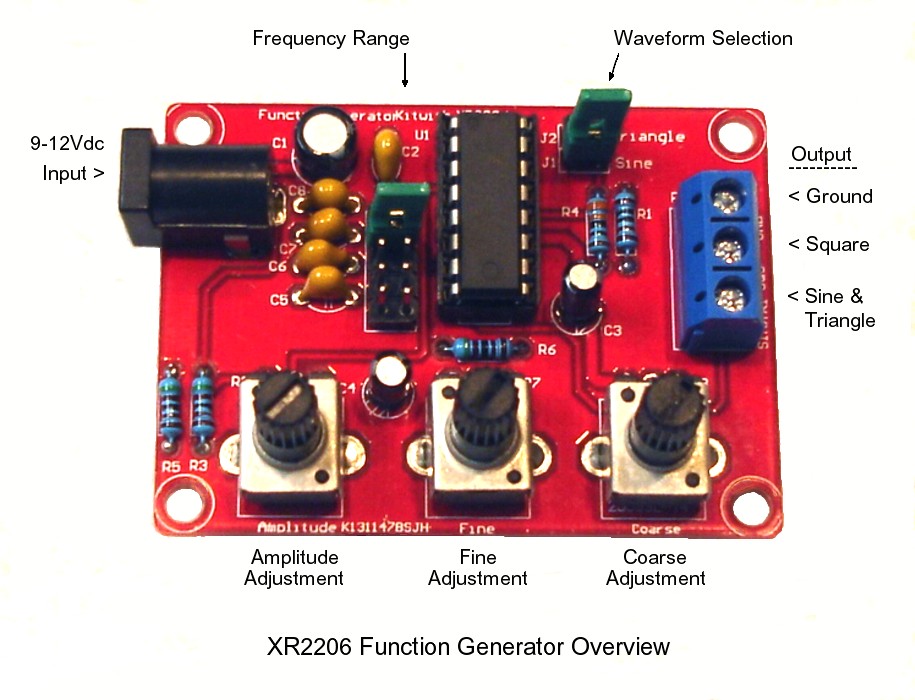
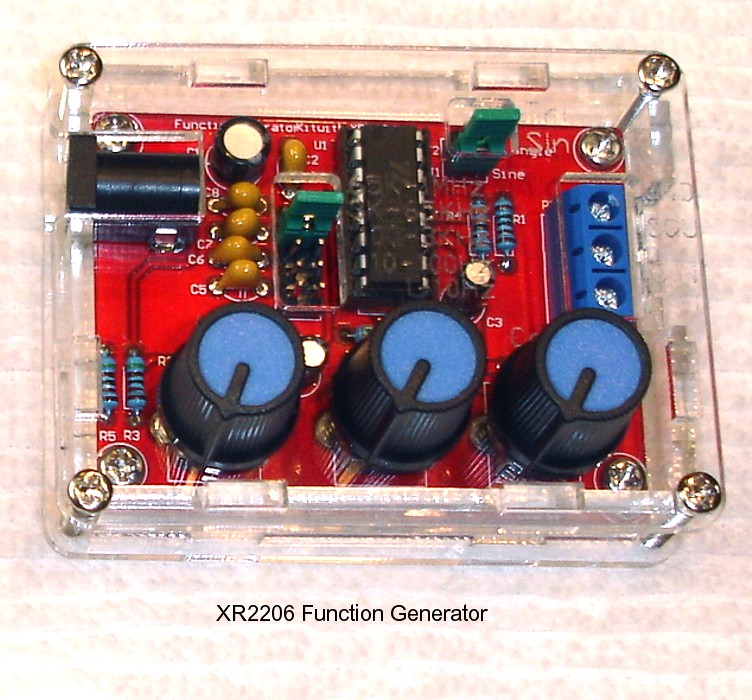
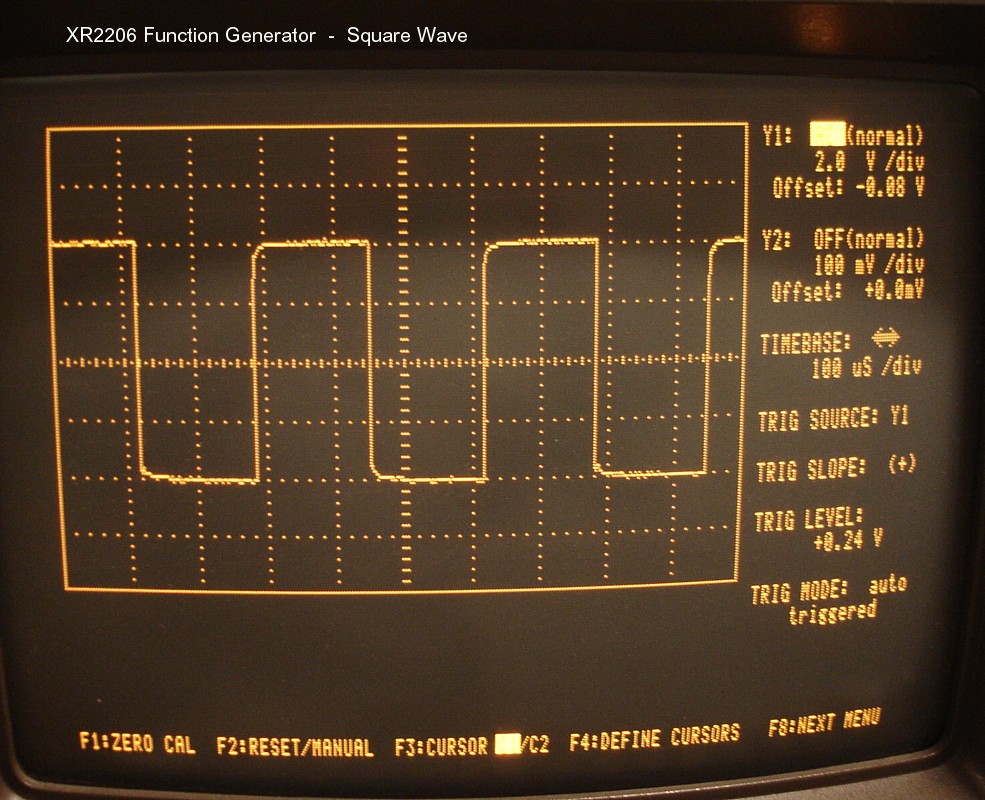
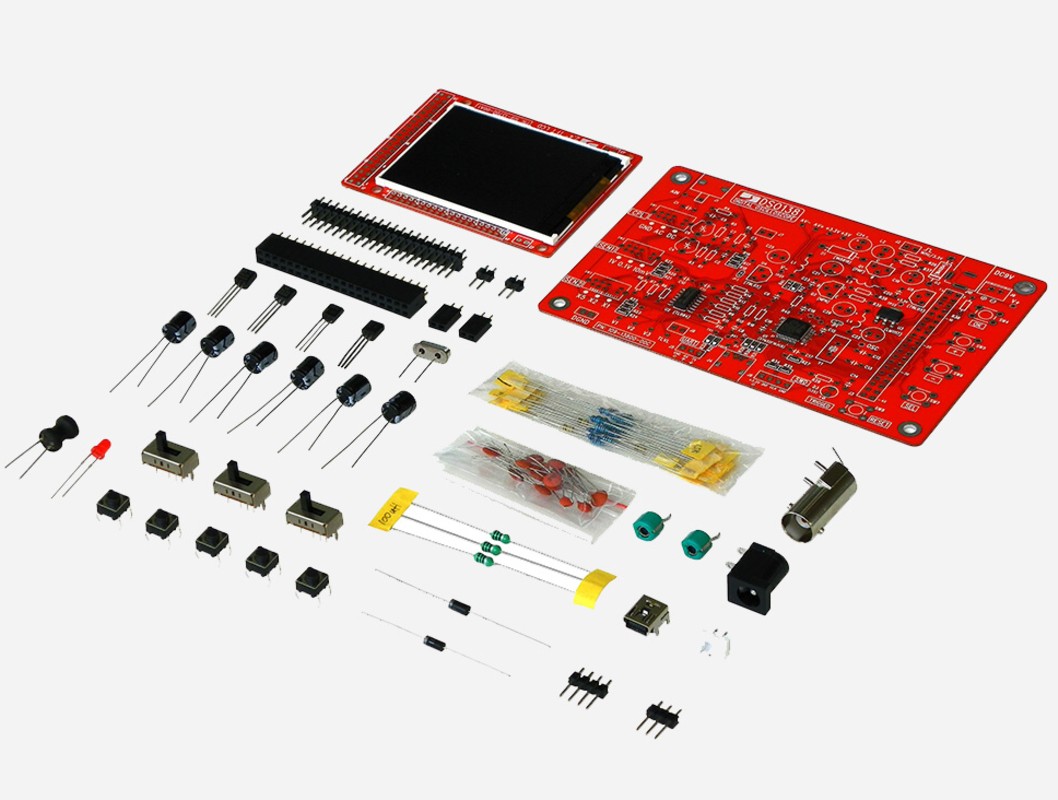
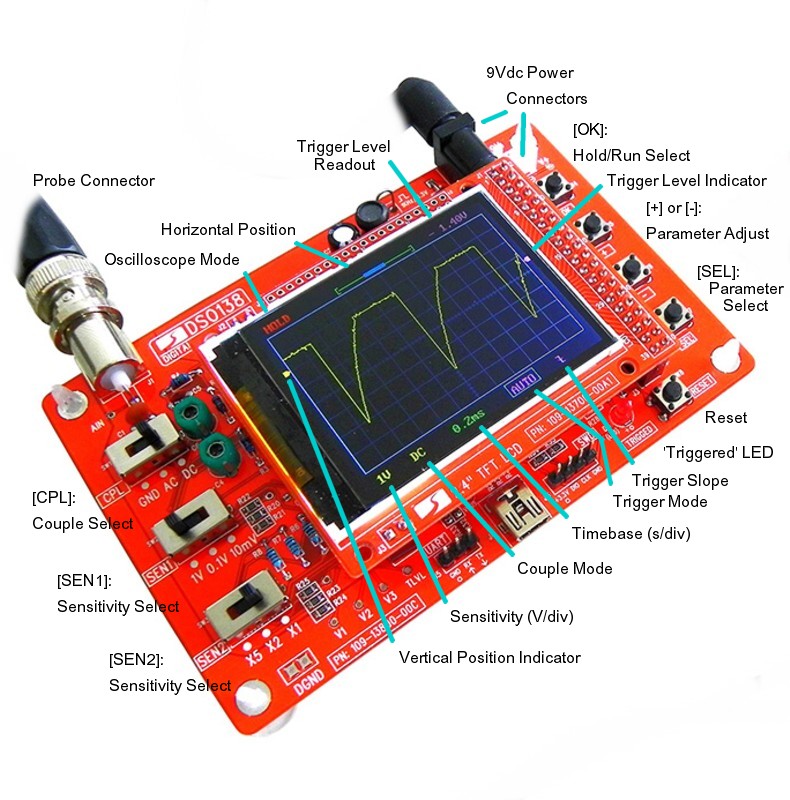
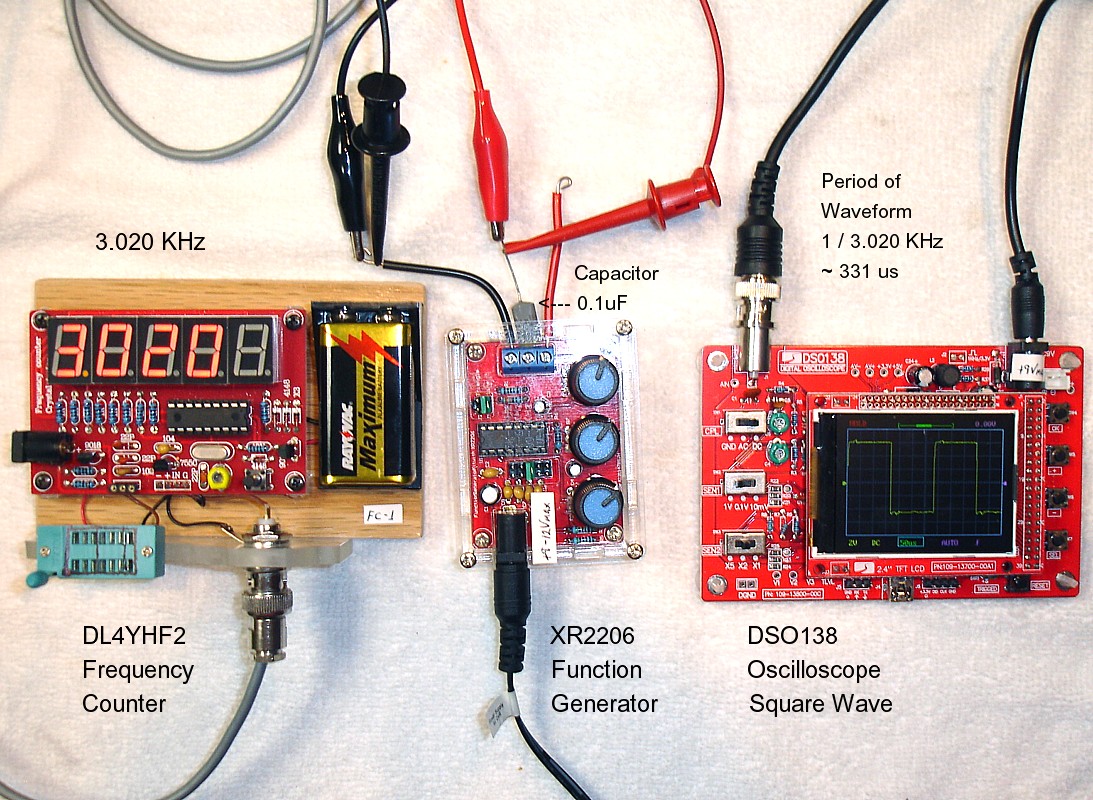
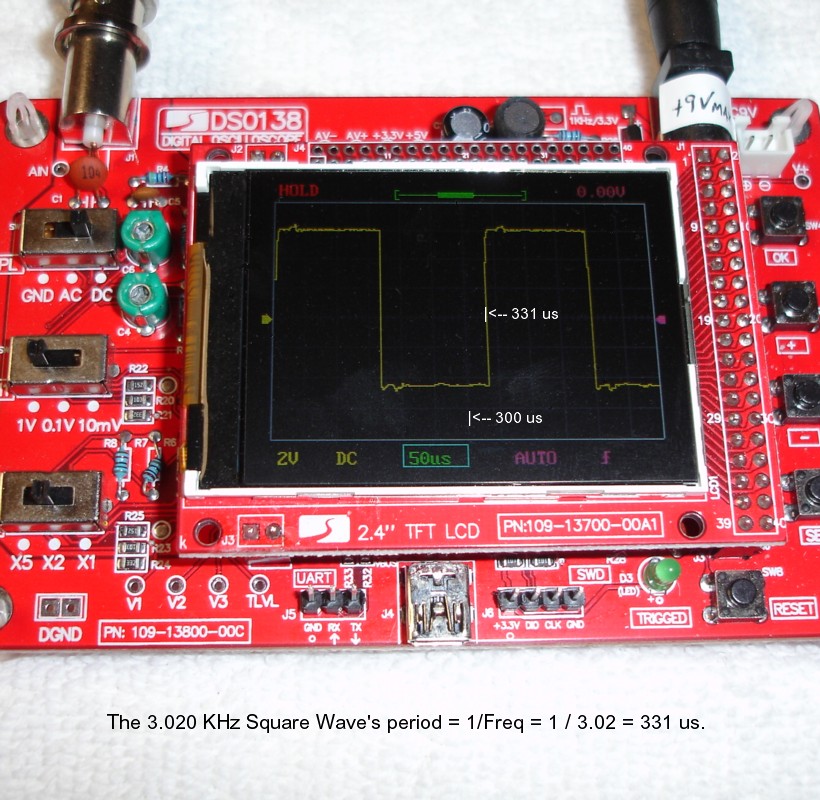
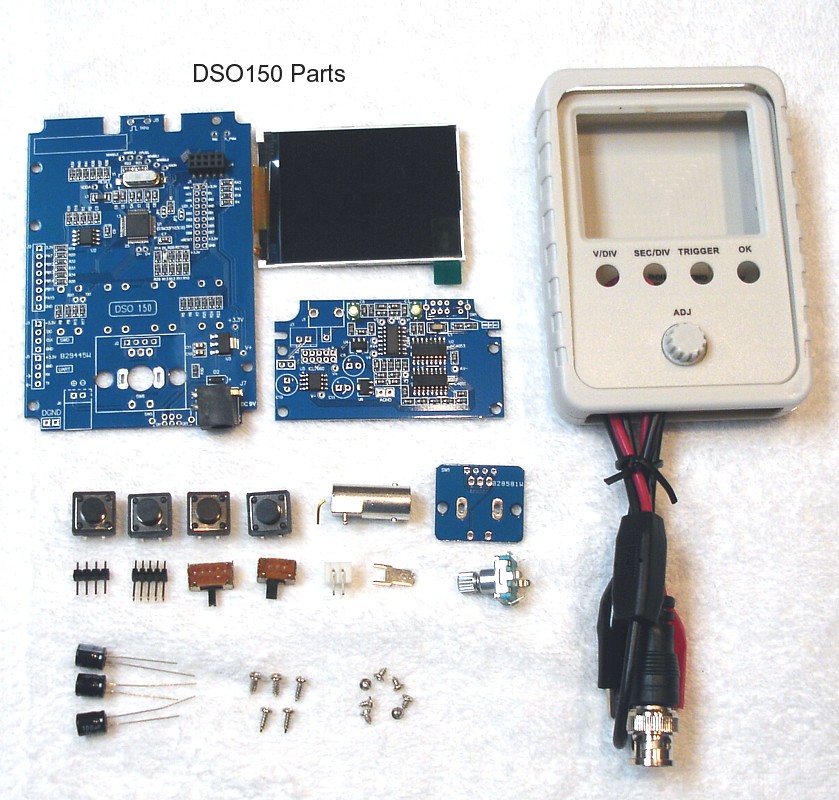
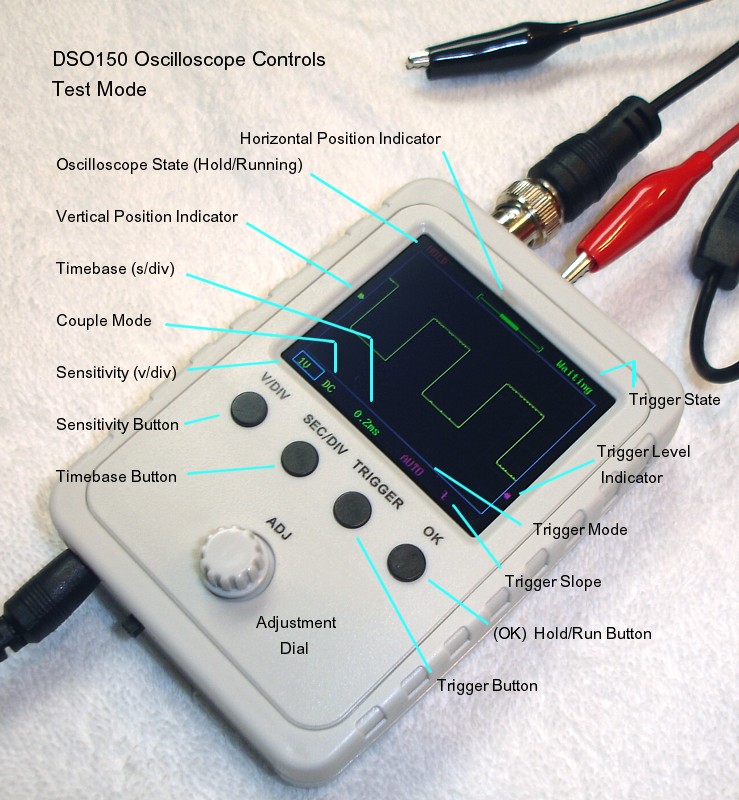
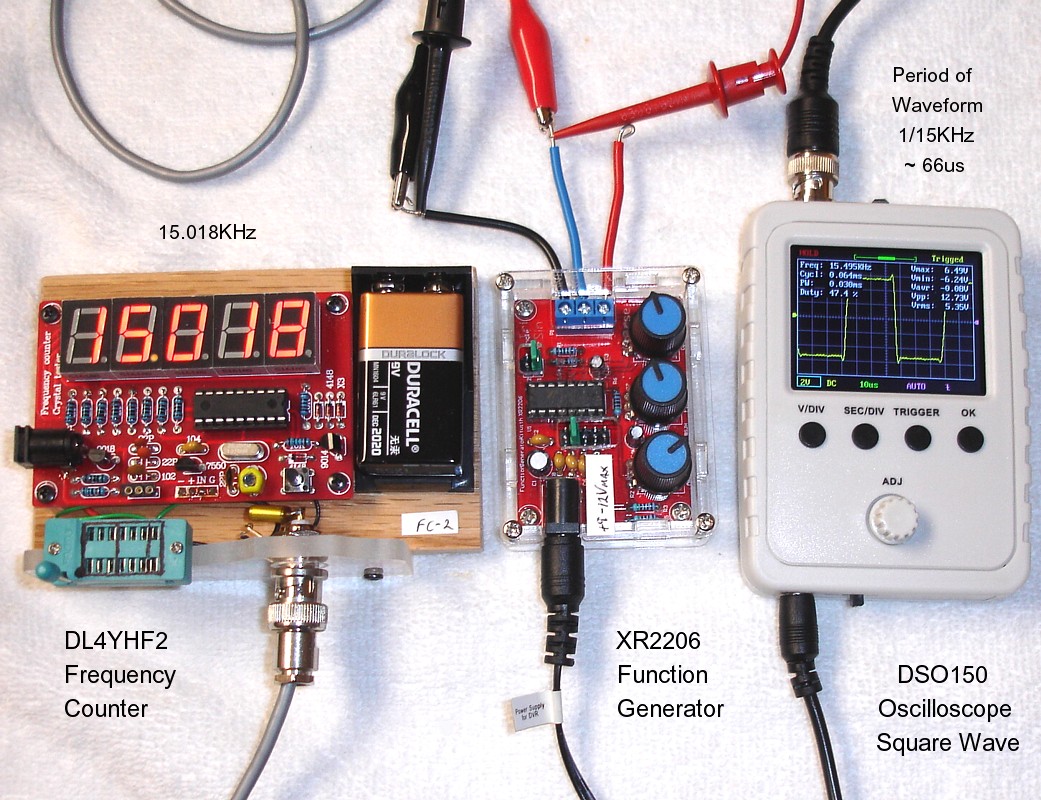
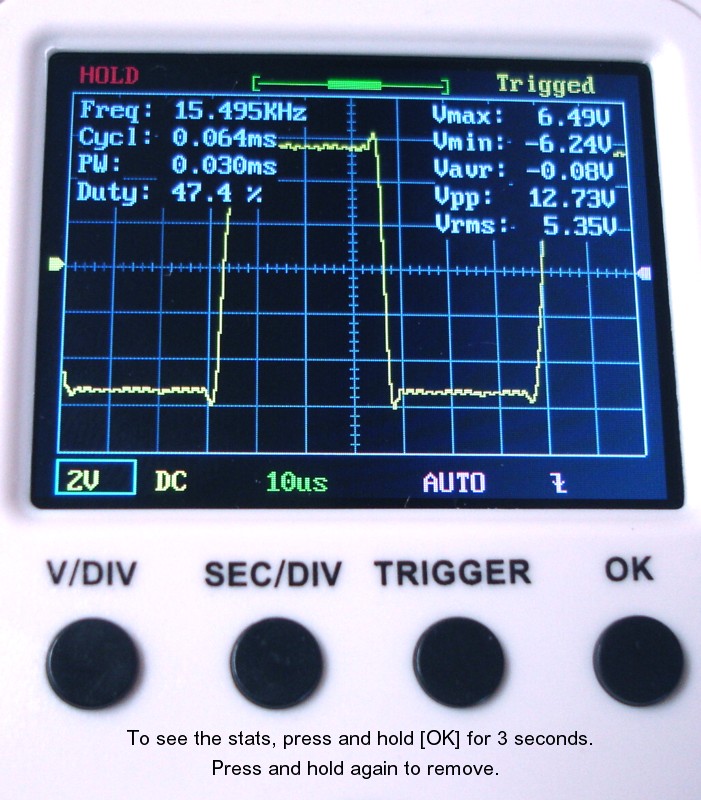
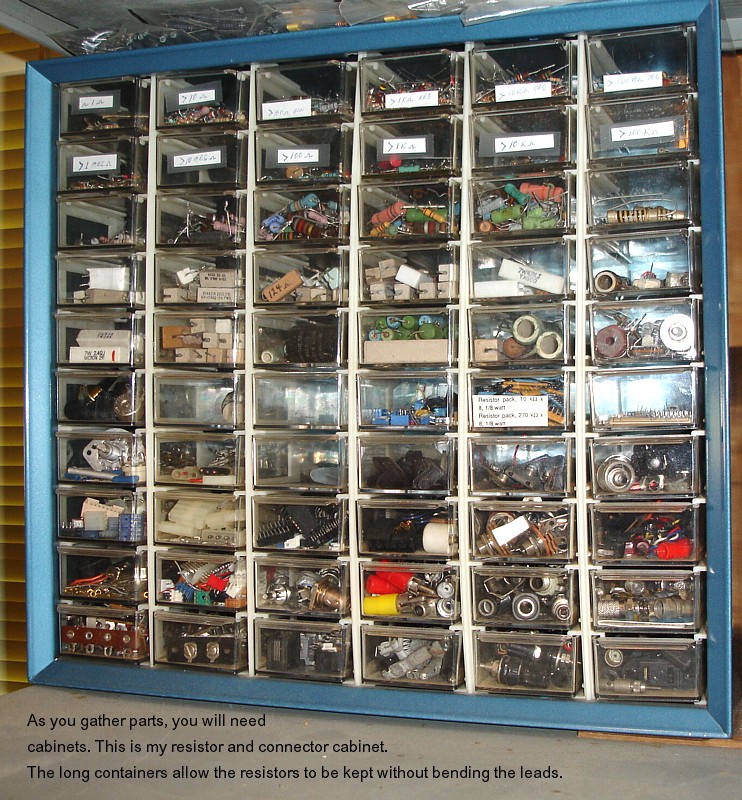
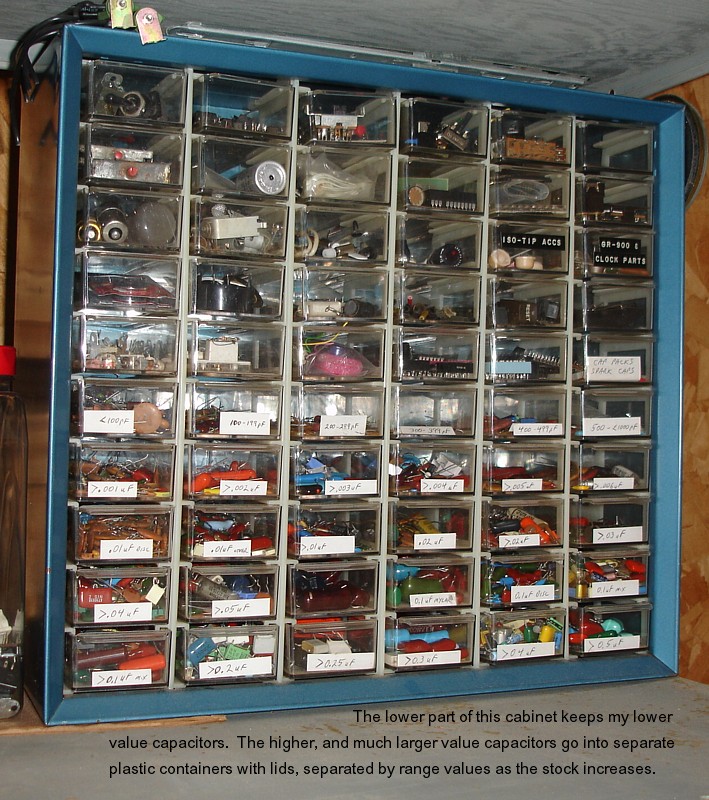
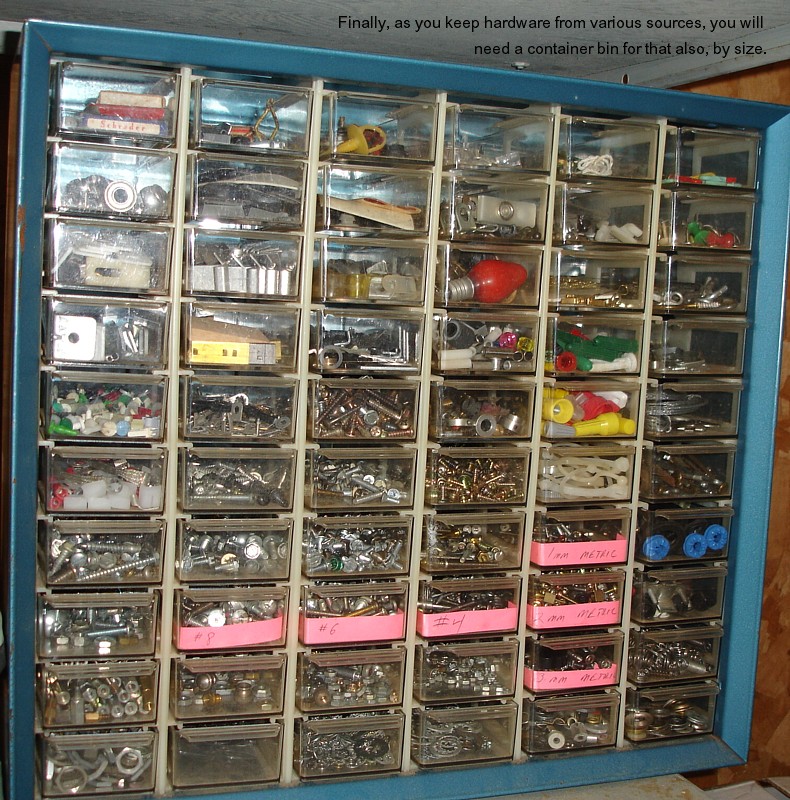
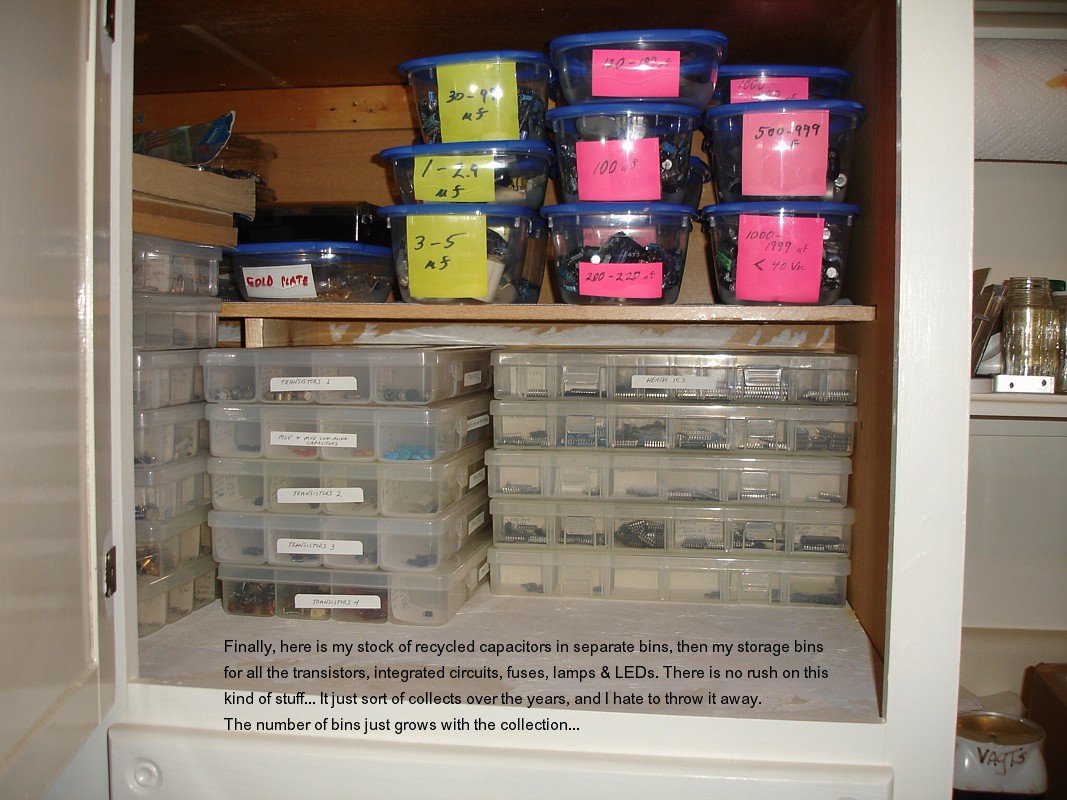
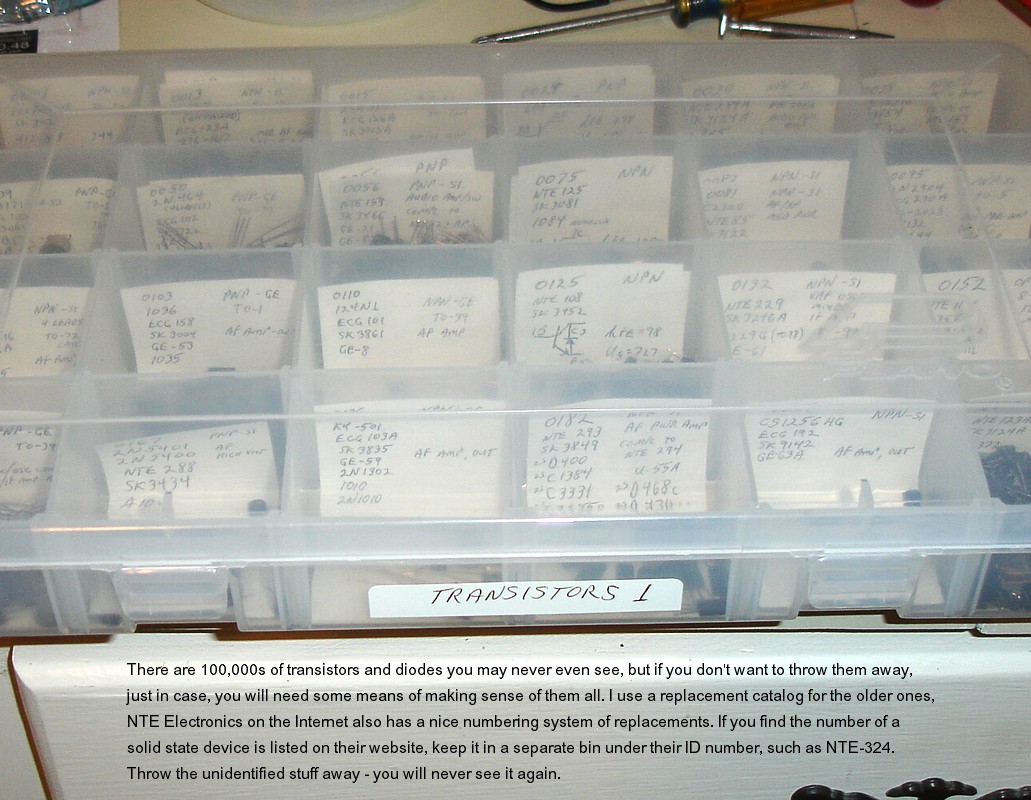
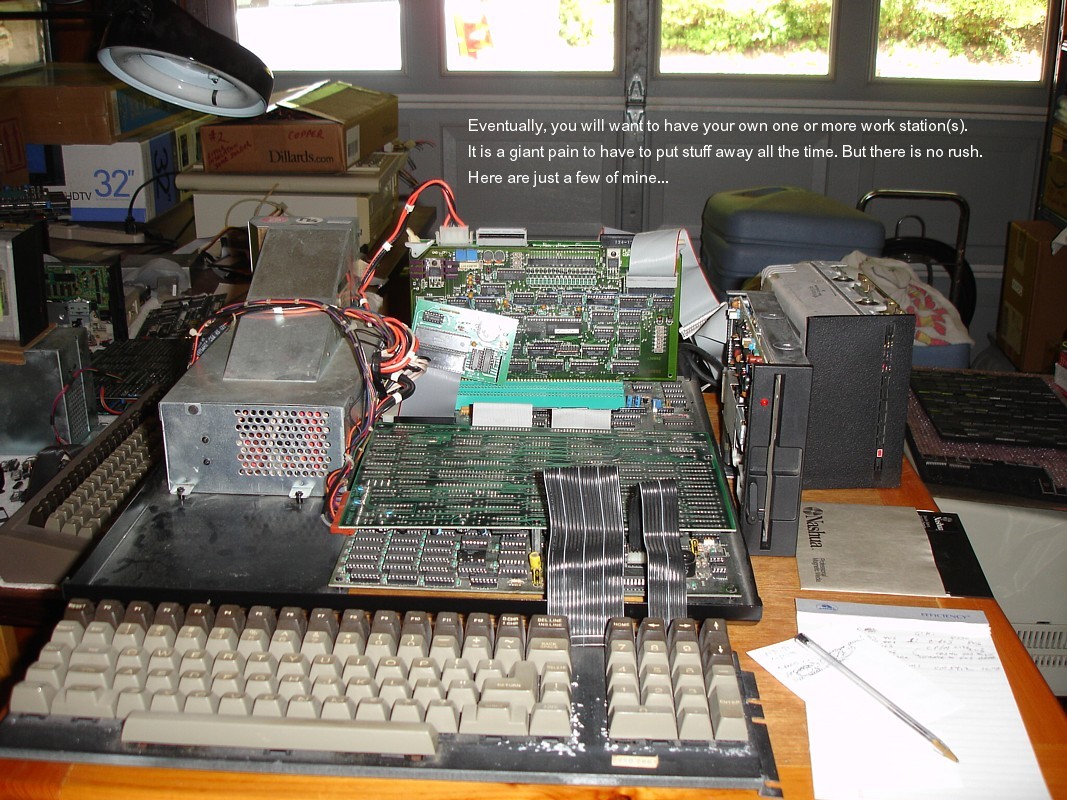
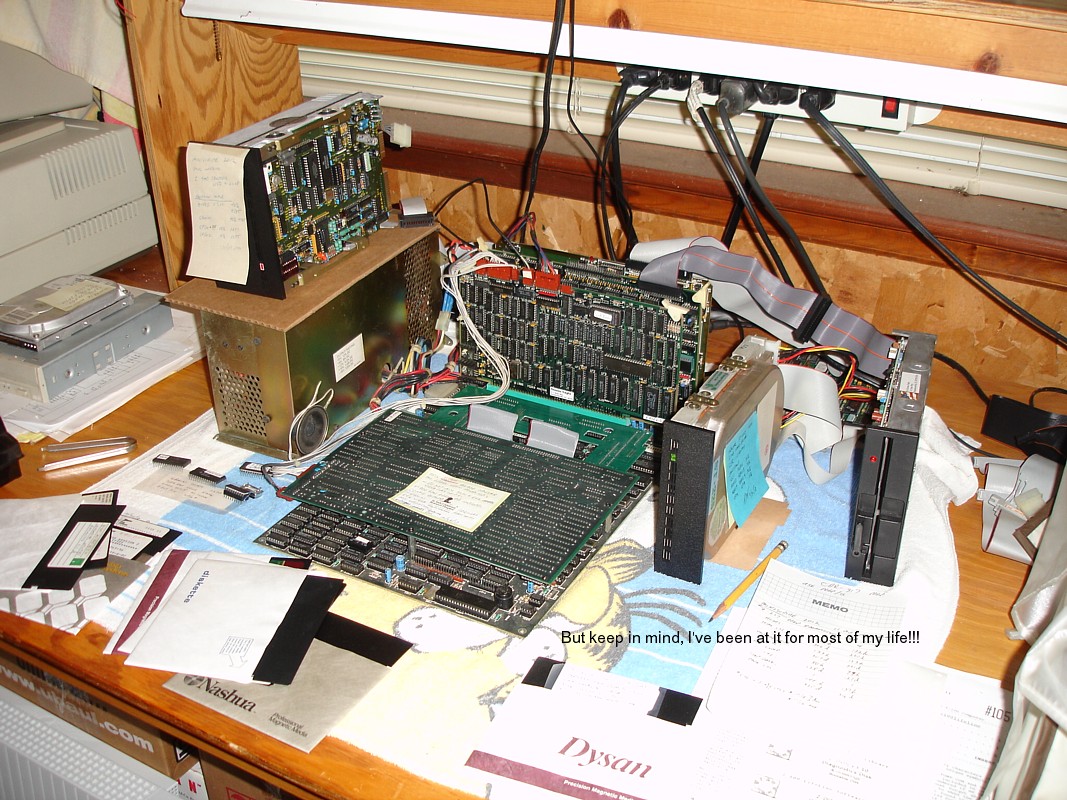
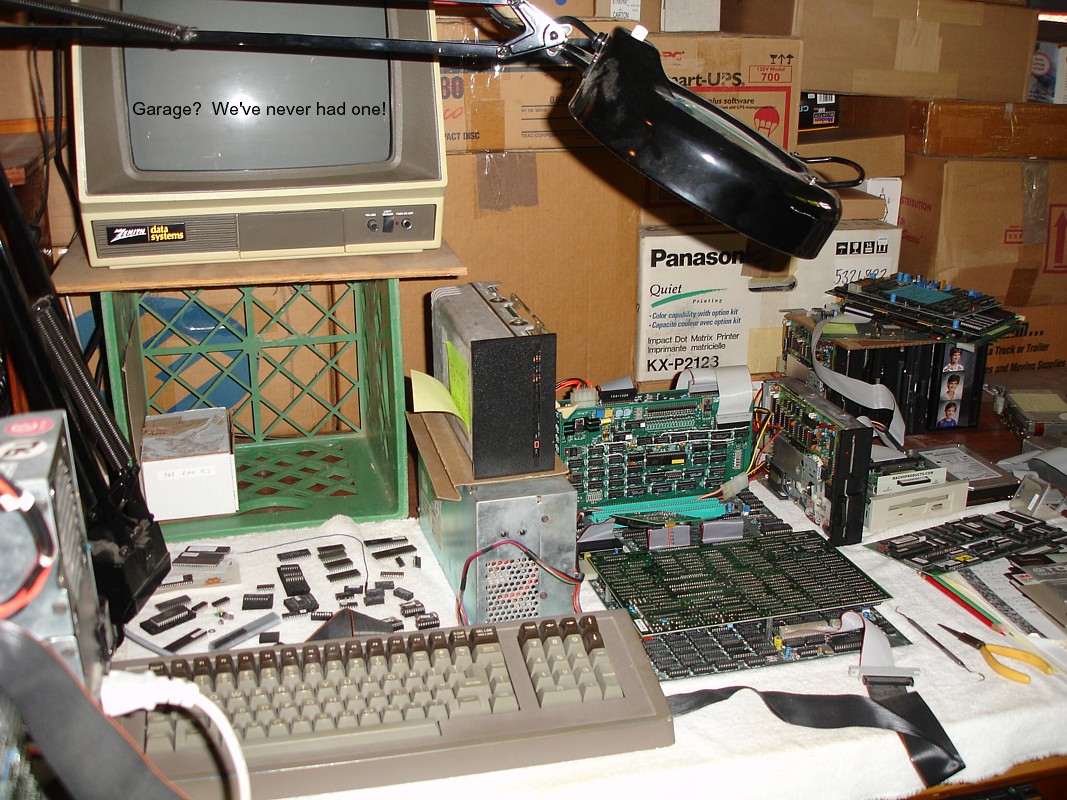






 "Web hosting so good you'll tell your friends."
"Web hosting so good you'll tell your friends."